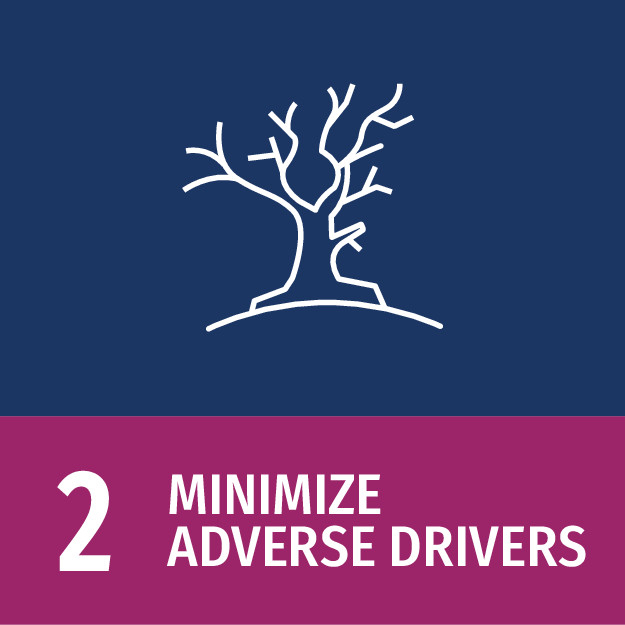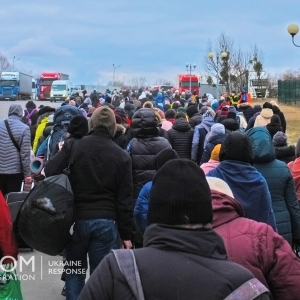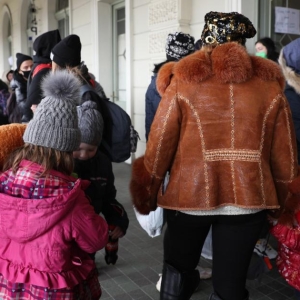Key information
Country/ies
Afghanistan, Albania, Algeria, Andorra, Angola, Antigua and Barbuda, Argentina, Armenia, Australia, Austria, Azerbaijan, Bahamas, The, Bahrain, Bangladesh, Barbados, Belarus, Belgium, Belize, Benin, Bhutan, Bolivia (Plurinational State of), Bosnia and Herzegovina, Botswana, Brazil, Brunei Darussalam, Bulgaria, Burkina Faso, Burundi, Cabo Verde, Cambodia, Cameroon, Canada, Central African Republic, Chad, Chile, China, Colombia, Comoros, Congo, Rep., Costa Rica, Côte d’Ivoire, Croatia, Cuba, Cyprus, Czechia, Democratic People's Republic of Korea, Democratic Republic of the Congo, Denmark, Djibouti, Dominica, Dominican Republic, Ecuador, Egypt, El Salvador, Equatorial Guinea, Estonia, Eswatini, Ethiopia, Falkland Islands, Fiji, Finland, Former Yugoslavia, France, Gabon, Gambia, The, Georgia, Germany, Ghana, Greece, Grenada, Guatemala, Guinea, Guinea-Bissau, Guyana, Haiti, Honduras, Hungary, Iceland, India, Indonesia, Iran (Islamic Republic of), Iraq, Ireland, Israel, Italy, Jamaica, Japan, Jordan, Kazakhstan, Kenya, Kiribati, Kuwait, Kyrgyzstan, Lao People's Democratic Republic, Latvia, Lebanon, Lesotho, Liberia, Libya, Liechtenstein, Lithuania, Luxembourg, Madagascar, Malawi, Malaysia, Maldives, Mali, Malta, Marshall Islands, Mauritania, Mauritius, Republic of, Mexico, Micronesia (Federated States of), Monaco, Mongolia, Montenegro, Morocco, Mozambique, Myanmar, Namibia, Nauru, Nepal, Netherlands (Kingdom of the), New Zealand, Nicaragua, Niger, Nigeria, North Macedonia, Norway, Oman, Pakistan, Palau, Panama, Papua New Guinea, Paraguay, Peru, Philippines, Poland, Portugal, Qatar, Republic of Korea, Republic of Moldova, Romania, Russian Federation, Rwanda, Saint Kitts and Nevis, Saint Lucia, Saint Vincent and the Grenadines, Samoa, San Marino, Sao Tome and Principe, Saudi Arabia, Senegal, Serbia, Serbia and Montenegro, Seychelles, Sierra Leone, Singapore, Sint Maarten (Dutch part), Slovak Republic, Slovenia, Solomon Islands, Somalia, South Africa, South Sudan, Spain, Sri Lanka, Occupied Palestinian Territory, Sudan, Suriname, Sweden, Switzerland, Syrian Arab Republic, Tajikistan, United Republic of Tanzania, Thailand, Timor-Leste, Togo, Tonga, Trinidad and Tobago, Tunisia, Türkiye, Turkmenistan, Tuvalu, Uganda, Ukraine, United Arab Emirates, United Kingdom, United States of America, Uruguay, Uzbekistan, Vanuatu, Venezuela (Bolivarian Republic of), Viet Nam, Yemen, Zambia, Zimbabwe
Data sources
Summary
The project consists of developing an open statistical software package using historical data on human displacement post-disasters to forecast future displacement trends after catastrophes, specifically, earthquakes and cyclones. It aims to help governments and international organizations more rapidly allocate resources to facilitate recovery, estimate more accurately the displaced population, predict potential settlement "hotspots," and estimate the optimal shelter locations for a precise number of people.
The software package has two main two components:
- a back-end system that combines the data, a model, and state-of-the-art statistical methods into a predictive tool, and
- an interactive front-end system that visualizes the data and predictions.
Results
The tool has predicted past displacement estimates for over 100 earthquakes in 38 different countries with at least ten times more accuracy than the world-leading risk models produced by the United States Geological Survey (USGS) and the Global Disaster Alerting Coordination System (GDACS).
The tool's software, which uses displacement estimates based on mobile phone data provided by organisations such as Flowminder or Facebook Data for Good, has produced a detailed mapping of the returned and displaced populations over time. This methodology has been implemented with data-holders such as Flowminder and Meta Data for Good.
The tool is currently being integrated into the Internal Displacement Monitoring Centre (IDMC)’s risk models and there are discussions to integrate it into the International Federation of the Red Cross (IFRC)’s risk models.
Last modified
28 July 2022






